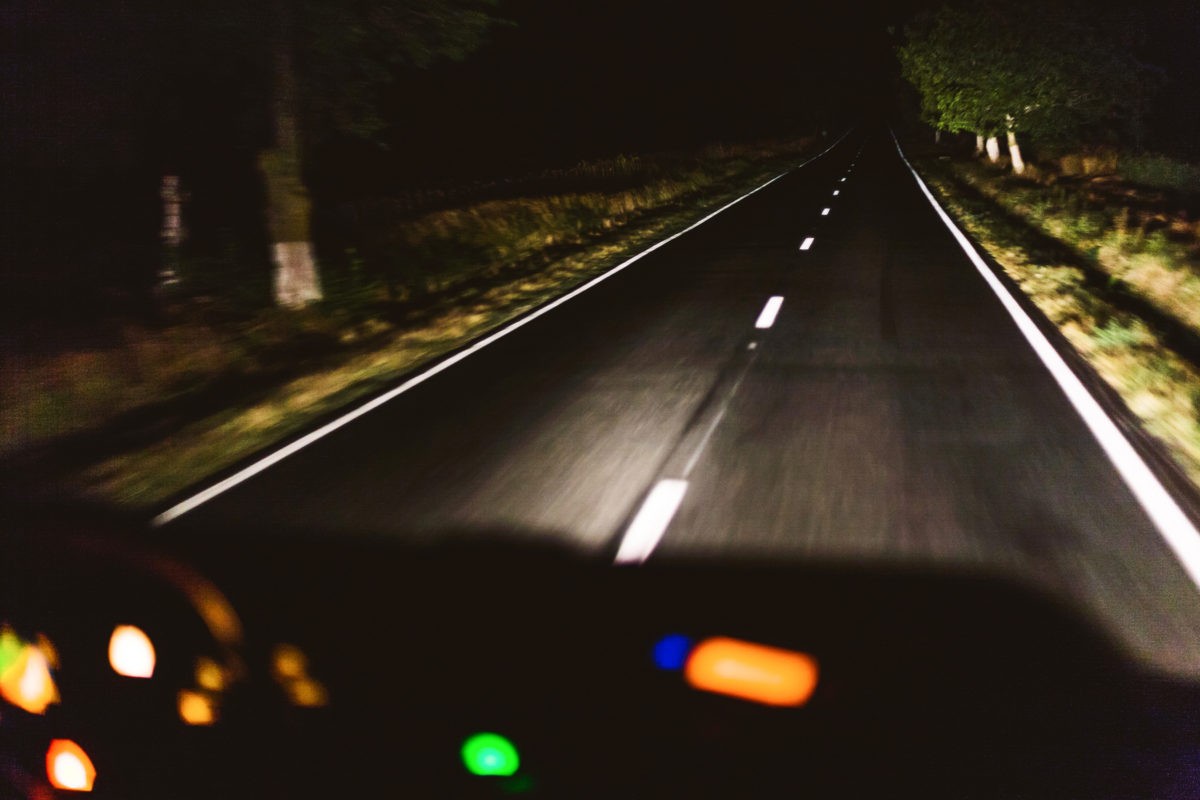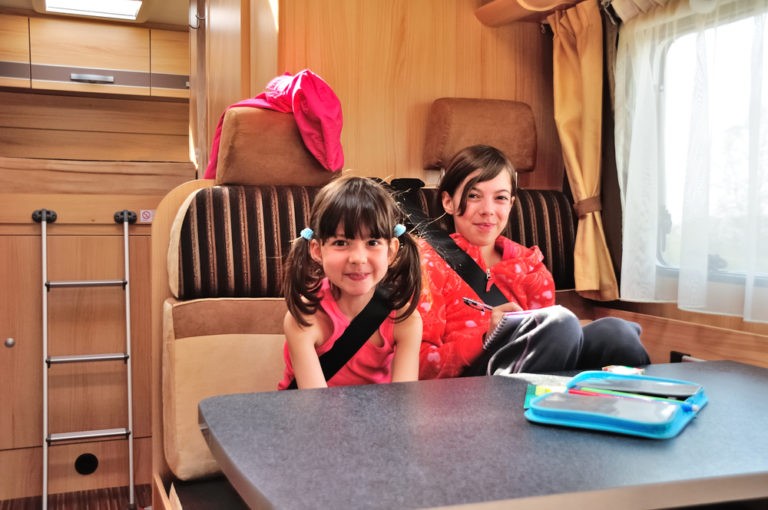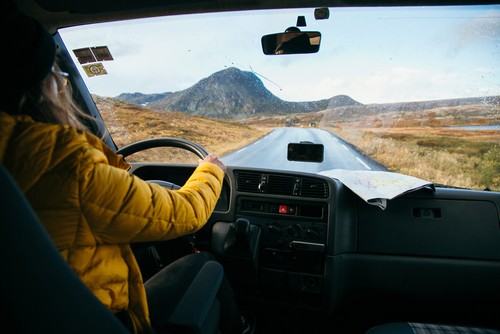
Tips for Safe Driving at Night
Here in Arizona, we don’t switch time with Daylight Savings (well, with the exception of the Navajo Nation) but we certainly understand the excitement that comes with longer days and shorter nights. However, even while the nights get shorter, most of us can still expect to do some night time traveling — especially if you are vacationing or living full-time in your RV.
Night driving is notoriously dangerous, with, per mile driven, fatal automobile accidents being three times more likely to occur at night than during the day. The reasons for this are numerous and include the higher incidence of fatigued and drunk drivers as well as the lack of visibility. Thankfully, there are a few adjustments each driver can make to their vehicles and driving habits to help reduce the risk of being in an avoidable accident. Get started today with the following safe driving tips for nighttime driving:
Tips for Safe Driving at Night
- Add auxiliary lights and ensure all headlights are properly adjusted. One of the best improvements you can make to an RV or other vehicle is adding extra lights to improve your visibility in a variety of conditions. This means foglights whose low-mounting provides for a wider beam and helps improve visibility in foggy conditions and HID (high-intensity discharge) or LED lights that provide extra illumination when driving at night. Furthermore, all headlights can become misaligned due to things like heavy loads, changes in tire pressure, and driving in rocky terrain. Check your owner’s manual for instructions or ask your mechanic to check and correct their alignment during your next service visit.
- Scan and be wary of wildlife. Wildlife is most active at night and large mammals like deer are a common sight out here in the West — especially in more remote forested and mountainous areas. Unfortunately, nighttime not only protects animals from their predators, but it also prevents them from being easily seen by drivers. Updating your auxiliary lights can help you see animals, but it’s also important to be more vigilant and continually scan ahead when driving in wildlife-prone areas. Look for the retinal reflections of your headlights in the animals’ eyes and slow if sighted. Pay attention to wildlife caution signs so that you can be extra-vigilant in areas that experience frequent animal crossings.
- Increase your following distance (doubly so if you are driving an RV). There have been a lot of great improvements to safety equipment like the enhancement of braking power. Unfortunately, these improvements have made some people more confident in driving close to others and increasing their risk of a collision. Don’t make this mistake. Stay at least five seconds away from the person in front of you in order to give yourself more reaction time. Additionally, when braking, tap a couple of times on your brakes before committing to a full brake if there are vehicles behind you. The quick flashing lights will better grab the attention of fatigued, inebriated, or otherwise distracted drivers better than the steady lights will. Remember that a heavy RV will take more time to stop than a small compact car.
In a Nighttime Collision? Contact Premier Coach Works
Unfortunately, accidents do happen to even the most cautious of us. If you’re in need of automobile or RV repair, contact our team today so we can get you back on the road tomorrow.



